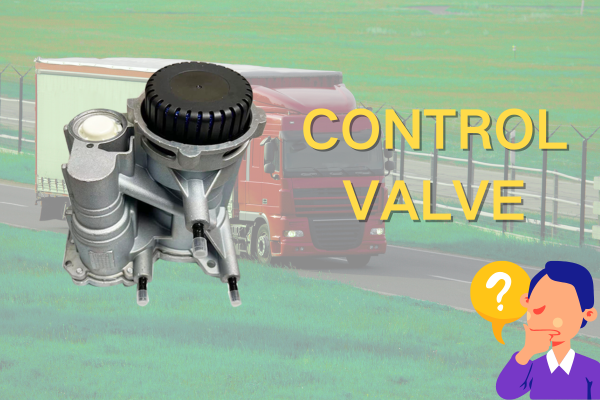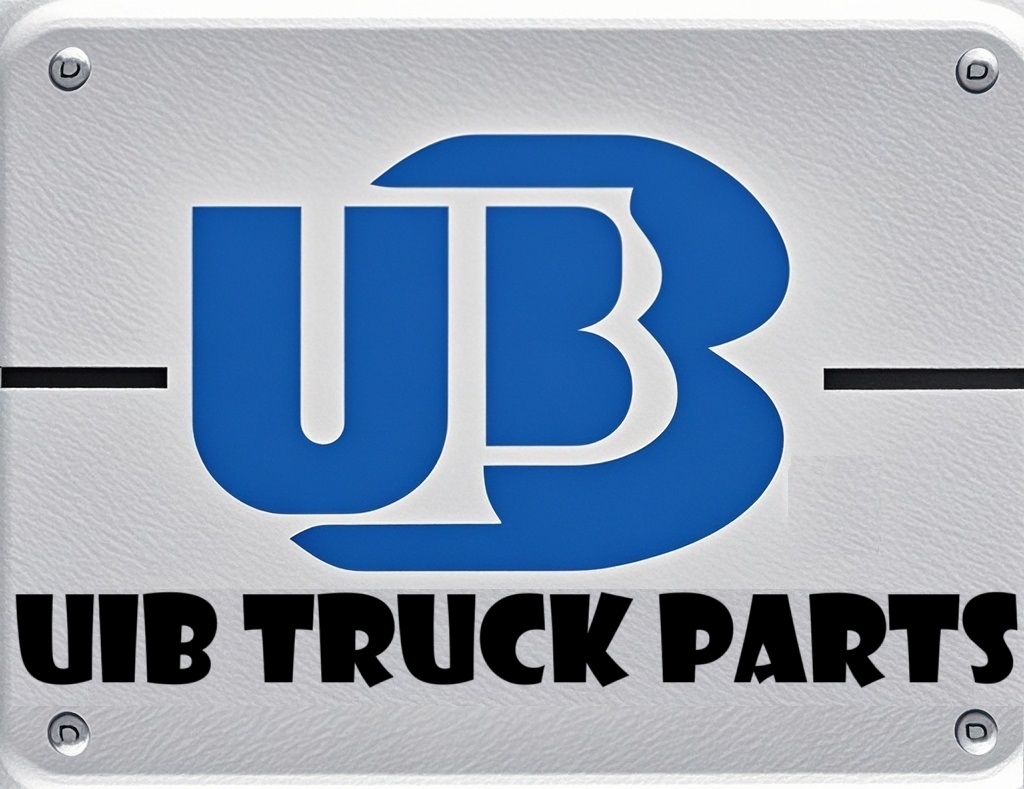About Us
In-depth Analysis of Truck Brake Systems: Composition, Materials, and Core Values
Views : 167
Update time : 2025-07-09 15:55:50
In the safe operation of trucks, the brake system is tantamount to a "lifeline". As large vehicles carrying heavy loads and traveling at high speeds, truck brake systems are not only complex in structure but also need to maintain stable performance under extreme working conditions. Below, we will comprehensively disassemble the composition of truck brake systems, the materials and functions of core products, and supplement key professional knowledge to help you gain an in-depth understanding of this critical system.
Core Components of a Truck Brake System
The truck brake system is an integrated working whole, mainly composed of the following core components:
- Brake Pedal and Booster Device: The starting point of the driver's operation, which amplifies the pedal force through a vacuum booster to reduce operational intensity.
- Master Cylinder and Wheel Cylinders: The master cylinder converts mechanical energy into hydraulic energy, which is transmitted to the wheel cylinders through pipelines to drive the brake actuators.
- Brake Discs and Brake Pads (Disc Brakes): The core friction components of disc brakes, generating braking force through extrusion.
- Brake Drums and Brake Shoes (Drum Brakes): The core components of drum brakes, achieving braking through expansion friction.
- Brake Lines and Brake Fluid: The carrier for transmitting hydraulic energy. The lines need to be pressure-resistant, and the brake fluid needs to be resistant to high temperatures and have a low freezing point.
- ABS Anti-lock Braking System: An electronic auxiliary device that prevents the wheels from locking during braking, ensuring steering ability during braking.
Materials, Advantages, and Functions of Core Brake Components
1. Brake Discs (Disc Brake Rotor)
- Material: Mostly made of gray cast iron (HT250), and some high-performance models use cast iron and ceramic composite materials. Gray cast iron has good thermal conductivity and wear resistance, enabling rapid heat dissipation and withstanding high-frequency friction.
- Advantages: Fast heat dissipation, rapid braking response, and strong resistance to thermal fading, suitable for long-time or high-speed braking scenarios (such as long-distance freight, mountain roads).
- Function: Generates braking force by friction with the brake pads. The ventilation holes on the disc surface (ventilated disc design) accelerate heat dissipation, avoiding brake failure due to high temperatures.
2. Brake Pads
- Material: Composed of a steel back and friction materials (resin, metal fibers, ceramic particles, etc.). Commercial trucks mostly use semi-metallic or low-metallic formulations, balancing wear resistance and braking stability.
- Advantages: Stable friction coefficient (usually between 0.3-0.5), low noise, long service life, and less wear on the brake discs.
- Function: Clamp the brake disc under the push of the wheel cylinder, converting kinetic energy into heat energy through friction to achieve vehicle deceleration or stopping.
3. Brake Drums
- Material: Mainly gray cast iron or alloy cast iron, and some heavy-duty trucks use ductile iron to enhance impact resistance.
- Advantages: Simple structure, low cost, large braking torque, suitable for heavy-load and low-speed scenarios (such as mining areas, engineering vehicles).
- Function: Generates braking force through the outward expansion of the brake shoes and friction with the inner wall of the drum. The sealed structure makes it more durable in muddy and dusty environments.
4. Brake Shoes
- Material: Steel shoe frame + friction lining (similar to brake pads, but the formula focuses more on wear resistance).
- Advantages: High fit with the brake drum, uniform distribution of braking force, and low maintenance cost.
- Function: Open outward under the action of the wheel cylinder, generating braking force by friction with the inner wall of the brake drum, and is the "execution terminal" of drum brakes.
Professional Knowledge: Application Scenarios of Disc and Drum Brakes
- Disc Brakes: Suitable for scenarios requiring frequent braking and high-speed driving (such as long-distance logistics trucks). Because of their fast heat dissipation and strong resistance to thermal fading, they can avoid "thermal failure" (a sudden drop in braking force after continuous braking).
- Drum Brakes: More suitable for low-speed, heavy-load, and harsh environments (such as mining areas, construction sites). They have large braking torque and a sealed structure, which is not easily affected by sand and mud, but heat dissipation is slow, and attention should be paid to cooling during long-term use.
- Combined Application: Many heavy-duty trucks adopt the "front disc and rear drum" combination, balancing high-speed braking response and low-speed heavy-load requirements, and achieving a balance between safety and practicality.
Why Choose High-Quality Brake Components?
The reliability of the truck brake system is directly related to driving safety and operational efficiency. High-quality components can:
- Reduce braking distance (at a speed of 60km/h, high-quality brake pads can shorten the braking distance by 1-2 meters, avoiding accidents);
- Extend the replacement cycle (high-quality brake discs can have a service life of more than 100,000 kilometers, reducing maintenance costs);
- Adapt to complex working conditions (maintaining stable performance in high-temperature, low-temperature, muddy, and other environments).
Related News
 Revealing Three Little-Known Facts About Trucks
Revealing Three Little-Known Facts About Trucks
Aug 06,2025
This article presents three little-known facts about trucks, including that the cab can be flipped for engine maintenance, the rearview mirrors are equipped with defrosting and deicing functions, and the small tank next to the fuel tank is an urea tank which is crucial for environmental protection. It helps readers understand the secrets behind truck designs and functions.
 Control Valve: The "Key Steward" in Truck Engines
Control Valve: The "Key Steward" in Truck Engines
Aug 05,2025
This article introduces the role of the control valve in the diesel pump, including controlling fuel quantity and stabilizing pressure; lists symptoms when it malfunctions, such as weakened power and increased fuel consumption; provides maintenance methods, and illustrates through cases that paying attention to the control valve can avoid unnecessary expenses.
 Control Valve: The "Invisible Commander" of Truck Power
Control Valve: The "Invisible Commander" of Truck Power
Aug 05,2025
The control valve is an indispensable core regulating component in the truck power system. Although it hides inside the machinery and keeps a low profile, it relies on its powerful functions to precisely command the rhythm of power output, comprehensively ensure driving safety, and intelligently adapt to various working conditions. With sophisticated design techniques and durable material selection, it can achieve a perfect balance between power and efficiency in various complex scenarios, and can be called the invisible cornerstone supporting the efficient and stable operation of trucks.
 Truck Snow Chains: Safety Guarantee on Icy and Snowy Roads
Truck Snow Chains: Safety Guarantee on Icy and Snowy Roads
Jul 28,2025
This article elaborates on truck snow chains, including their important role on icy and snowy roads, applicable scenarios, selection methods, installation steps, and usage precautions. It aims to provide references for truck drivers to drive safely in icy and snowy weather and reduce accidents caused by slippery roads.
